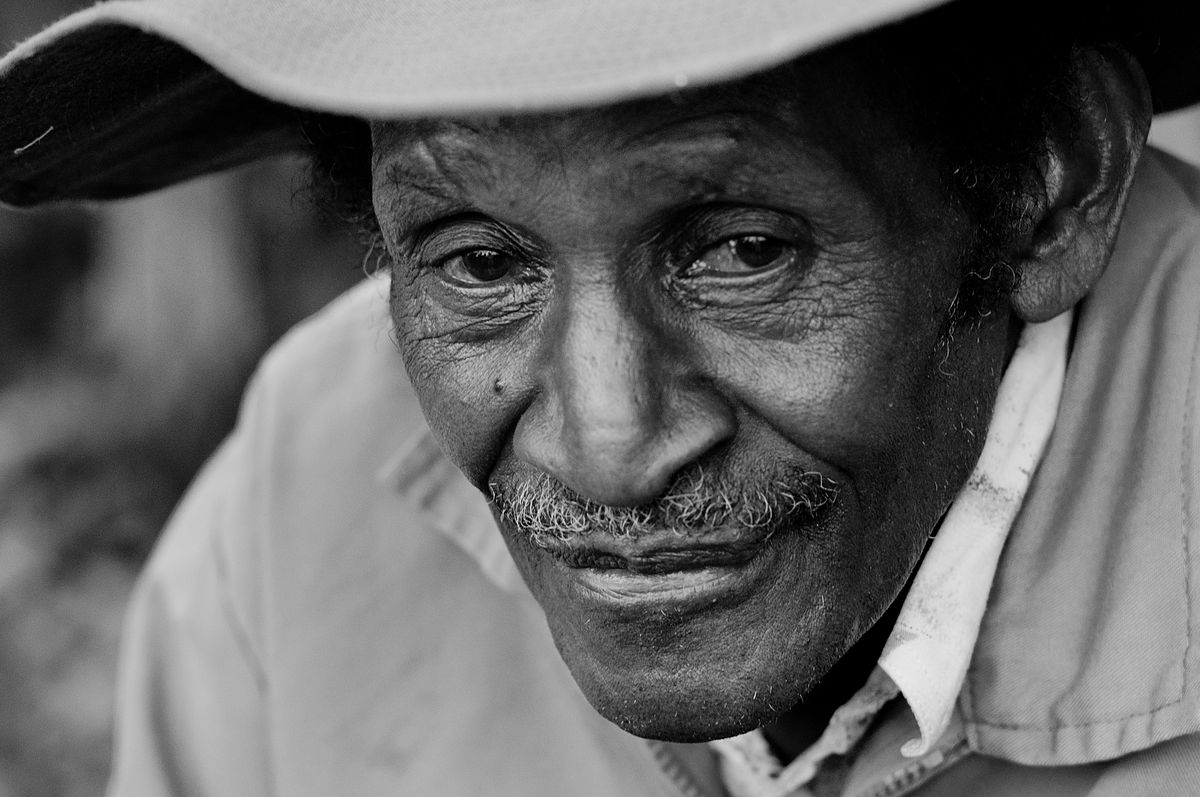by Kyle Moore and Teresa Ghilarducci

photo by Graham Crumb
After 11 years of economic expansion, the difference in unemployment rates between black and white older workers is at a historic low—just 1.1 percentage points apart. Black workers usually suffer from much higher rates of unemployment than whites, so the small gap between the two racial groups is good news (the gap between black and white men is usually larger than the gap between black and white women—for this period the men’s gap was 1.5 percentage points, while the women’s gap was just .7 of a percentage point). But the good news about a small racial unemployment rate gap likely is temporary, and history shows the racial gap in joblessness will grow in the next recession.
We base our predictions on historical patterns: black workers have faced higher risks of layoffs in previous downturns than did whites. These patterns mean that in the past, racial gaps in unemployment rates have been widest at the depth of a recession and narrowest right before the economy goes into recession. And, because the United States this past spring experienced the smallest racial gaps in jobless rates in decades, a recession may soon be coming.
Of course, predicting the precise time of the next recession is not possible. But the current 11-year economic expansion is one of the longest in U.S. history. If business cycles are “cyclical,” then history suggests we are due.
To read the rest of this article, visit the AgeBlog on the Aging in America website.
The opinions expressed in this article are those of the author and do not necessarily reflect those of the Diverse Elders Coalition.

